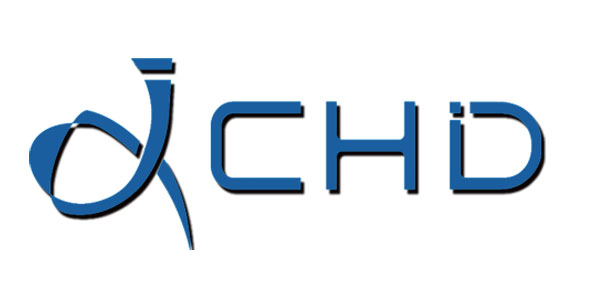
The waxing industry is experiencing significant growth, driven by the increasing adoption of remote work and hectic schedules. According to the U.S. Bureau of Labor Statistics, remote work has surged by over 30% since 2020, contributing to a rise in at-home beauty practices. This shift has led to greater consumer comfort with DIY waxing techniques. A report by the American Academy of Dermatology highlights that 60% of individuals now prefer at-home hair removal solutions due to convenience and cost-effectiveness.
Manufacturers such as GiGi and Sally Hansen, along with brands like Honey Pot Co and Tree Hut, are capitalizing on this trend by introducing specialized hair removal waxing packages. These packages often include wax, coconut oil, and other natural ingredients, catering to the growing demand for eco-friendly and skin-friendly products. The National Institute of Health (NIH) has noted a 25% increase in consumer preference for natural and organic beauty products in the last five years, further driving innovation in this market.
Additionally, the global waxing market is projected to grow at a compound annual growth rate (CAGR) of 7.5% during the forecast period of 2024-2029, as reported by the International Trade Administration (ITA). This growth is fueled by advancements in product formulations and the increasing availability of DIY waxing kits across e-commerce platforms. The U.S. Census Bureau also indicates that online sales of personal care products, including waxing kits, have risen by 20% annually since 2021, underscoring the shift toward digital retail channels.

